GENEVA, Switzerland: In the lead up to the FDI World Dental Congress in Shanghai, FDI World Dental Federation spoke to Prof. Katrin Bekes, head of the Department of Paediatric Dentistry at the Medical University of Vienna. Bekes has roots in conservative dentistry, and in her early career, she explored quality-of-life research and treated many patients with severe dentine hypersensitivity. While she has been a paediatric dentist for nearly fifteen years now, she maintains a strong focus on quality-of-life concerns.
Prof. Bekes, how do you define molar incisor hypomineralisation (MIH)?
We all know that this is a growing subject in paediatric dentistry. It is defined as a hypomineralisation of systemic origin, which affects one to four permanent first molars and is frequently associated with affected incisors. The term was founded in 2001. Global knowledge of the condition has increased over the years, which is reflected in a rising number of studies focused on this dental anomaly. Around the world, MIH prevalence is about 13%.
Clinically, affected teeth show a hypomineralisation that can be seen as an alteration in the translucency of the enamel. It can vary in colour shade from white to yellow or brown. Affected molars can represent a spectrum of severity and extension of the defect, from hardly visible opacities to severe destruction of the enamel, as the porous enamel can easily chip off, especially under the influence of masticatory forces. Furthermore, affected teeth might show hypersensitivity.
What causes MIH?
The causes have not been clarified yet: the aetiology is still unknown. Several hypotheses have been proposed, including childhood illness, use of amoxicillin, or exposure to environmental toxins (BPAs). MIH seems to be a phenomenon of our time. However, there is still conjecture on what the causative factors are. The problem is that we cannot diagnose MIH before eruption.
How do you effectively treat MIH?
As we cannot currently prevent MIH from happening, we focus on a good treatment concept. The available treatment modalities for teeth with MIH are extensive, ranging from prevention and restoration to extraction. The suitability of these, however, differs depending on a number of factors. Commonly identified factors are severity of the condition (for example, extent of the defective enamel and quality of both the defective enamel and the unaffected parts of the tooth), presence of symptoms (with or without association of hypersensitivity), the patient’s dental age, and the child/parent’s social background and expectations.
“When parents come to our clinic, we tell them that we cannot change their child’s medical or illness history, but we can help them heal through a range of therapy strategies.”
It is very important to start approaching affected children with appropriate preventive advice. The preventive approach includes thorough oral hygiene with fluoride toothpaste as well as the application of other topical fluoride varnishes. Casein phosphopeptide-amorphous calcium phosphate (CPP-ACP) oral care products are similarly recommended for remineralisation and desensitisation. Severe cases of MIH with cavitated structural defects can be restored directly using glass ionomer cements (temporarily) and resin composite (definitively) or indirectly (using ceramic, composite or metal restorations).
What are some of the challenges you face in treating children with MIH?
Patients affected by MIH present several clinical problems, including rapid wear, enamel loss, increased susceptibility to caries, loss of fillings, and most of all, severe hypersensitivity that often results in severe discomfort. Children often report that toothbrushing, air flow, and hot, cold, or sweet drinks and foods cause sensitivity. During the dental examination, behaviour management problems and even dental fear are common.
“There is no doubt that a holistic approach should be considered when formulating a treatment plan.”
This treatment plan should incorporate a short-, as well as long-term approach, keeping in mind the coping skills of the child and avoiding repeated treatment as much as possible.
Tags:
As global health leaders prepare for the 2025 UN high-level meeting on non-communicable diseases (NCDs), oral health is finally gaining the recognition it ...
Dental Tribune International is happy to have Prof. Ihsane Ben Yahya, who was appointed president of FDI World Dental Federation (FDI) in September 2021, as...
GENEVA, Switzerland: Electronic health records (EHRs) have the potential to greatly improve the overall quality of dental care and research. FDI is ...
In an interview with FDI World Dental Federation, 2019 General Chair of the Committee on Annual Meetings from the American Dental Association (ADA) Dr. ...
The recent ADA FDI World Dental Congress 2019, held at the Moscone Center in San Francisco from Sept. 4–8, saw the conclusion of Dr. Kathryn Kell’s ...
As the global dental community prepares to gather in Shanghai for the 2025 FDI World Dental Congress (FDIWDC25), FDI had the opportunity to speak with Prof....
As the scientific programme director of the Chinese Stomatological Association (CSA) for the 2025 FDI World Dental Congress (FDIWDC25), Prof. Tianmin Xu ...
This September in Shanghai, the 2025 FDI World Dental Congress (FDIWDC25) will welcome thousands of oral health professionals from around the world. ...
As the global dental community prepares to gather in Shanghai for the 2025 FDI World Dental Congress (FDIWDC25), the spotlight turns to the next generation ...
In light of rising rates of chronic disease and growing awareness of the health risks associated with excessive sugar consumption, governments around the ...
Prof. Hani Ounsi DDS PhD FICD, Dr. Amr Ghanem
Luís Lourenço, Dr. Nokukhanya Makwakwa
Dr. Anna Lella, Ms. Francesca Nava



 Austria / Österreich
Austria / Österreich
 Bosnia and Herzegovina / Босна и Херцеговина
Bosnia and Herzegovina / Босна и Херцеговина
 Bulgaria / България
Bulgaria / България
 Croatia / Hrvatska
Croatia / Hrvatska
 Czech Republic & Slovakia / Česká republika & Slovensko
Czech Republic & Slovakia / Česká republika & Slovensko
 France / France
France / France
 Germany / Deutschland
Germany / Deutschland
 Greece / ΕΛΛΑΔΑ
Greece / ΕΛΛΑΔΑ
 Hungary / Hungary
Hungary / Hungary
 Italy / Italia
Italy / Italia
 Netherlands / Nederland
Netherlands / Nederland
 Nordic / Nordic
Nordic / Nordic
 Poland / Polska
Poland / Polska
 Portugal / Portugal
Portugal / Portugal
 Romania & Moldova / România & Moldova
Romania & Moldova / România & Moldova
 Slovenia / Slovenija
Slovenia / Slovenija
 Serbia & Montenegro / Србија и Црна Гора
Serbia & Montenegro / Србија и Црна Гора
 Spain / España
Spain / España
 Switzerland / Schweiz
Switzerland / Schweiz
 Turkey / Türkiye
Turkey / Türkiye
 UK & Ireland / UK & Ireland
UK & Ireland / UK & Ireland
 Brazil / Brasil
Brazil / Brasil
 Canada / Canada
Canada / Canada
 Latin America / Latinoamérica
Latin America / Latinoamérica
 USA / USA
USA / USA
 China / 中国
China / 中国
 India / भारत गणराज्य
India / भारत गणराज्य
 Pakistan / Pākistān
Pakistan / Pākistān
 Vietnam / Việt Nam
Vietnam / Việt Nam
 ASEAN / ASEAN
ASEAN / ASEAN
 Israel / מְדִינַת יִשְׂרָאֵל
Israel / מְדִינַת יִשְׂרָאֵל
 Algeria, Morocco & Tunisia / الجزائر والمغرب وتونس
Algeria, Morocco & Tunisia / الجزائر والمغرب وتونس
 Middle East / Middle East
Middle East / Middle East



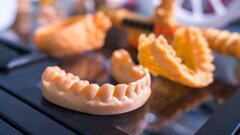
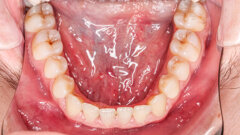



















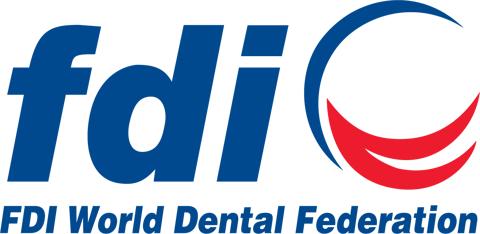


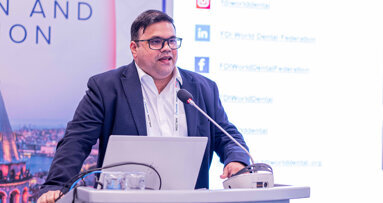
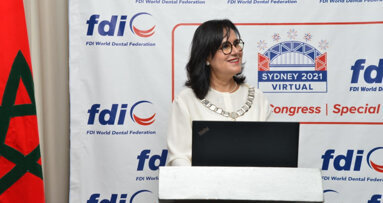

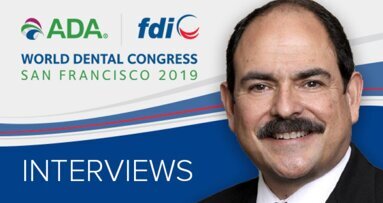


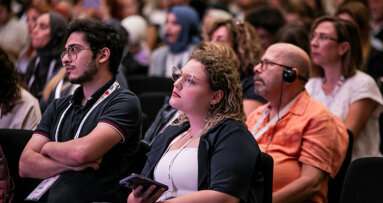

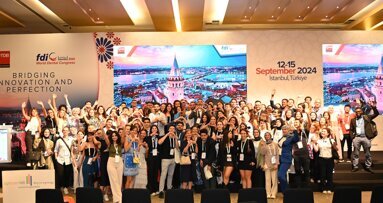
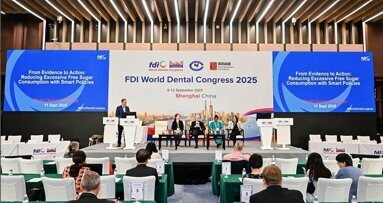










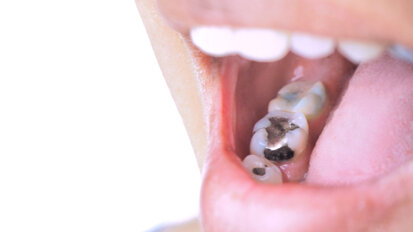


To post a reply please login or register